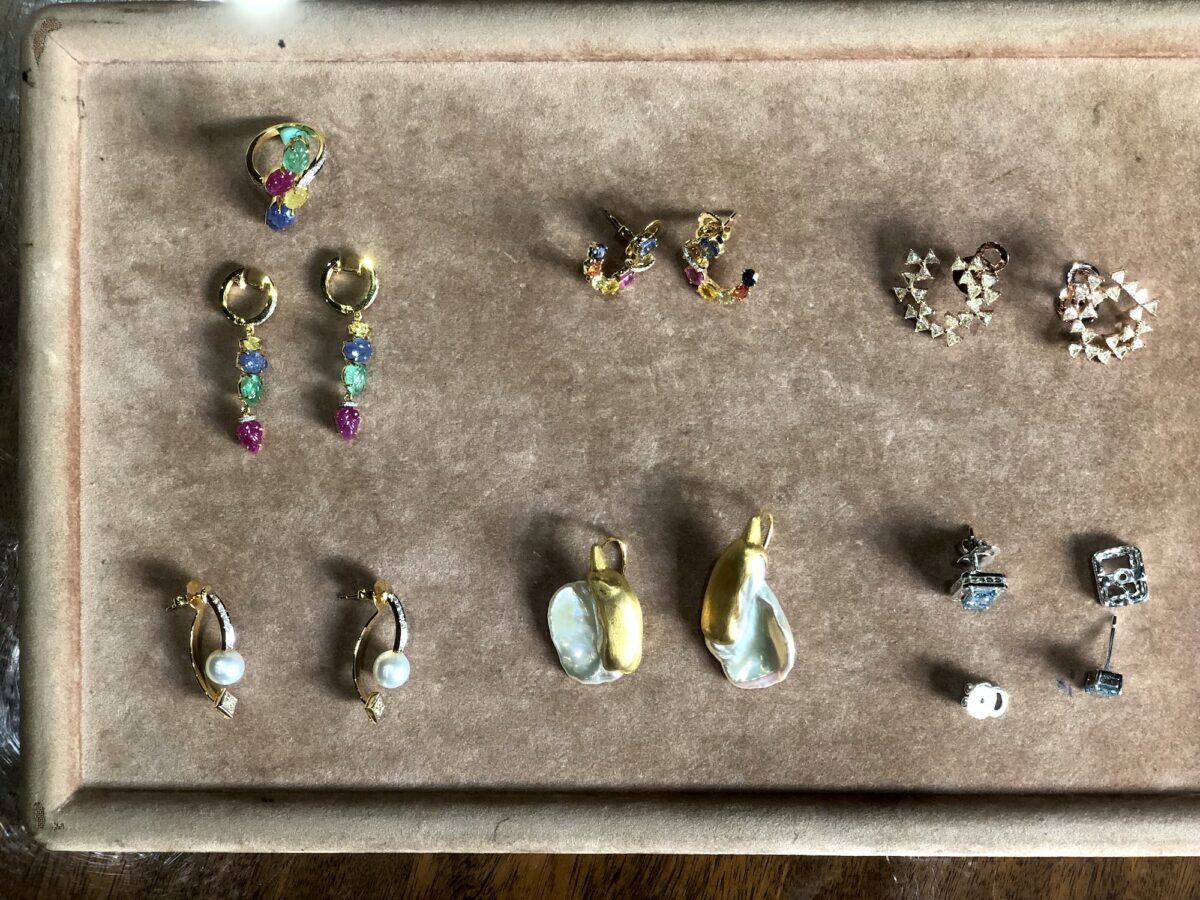Turn that admittedly confusing nutrition label into your daily nutrition guide
If you’ve only recently started getting serious about your health, you’ve probably tried to, at least once, read the nutrition label on the back of supermarket items. And like the rest of us, you’ve probably just ended up staring blankly at a bunch of numbers without really understanding anything. Luckily, you don’t have to pretend you understand anymore as we’ve made this easy-to-follow guide for you.
Check the serving size and calories
Only looking at the calorie count is a mistake that people tend to make. You should also consider the serving size because sometimes the contents in the packaging are more than the recommended portion size. Some labels do tell you how much servings there are in a package.
Use the % daily values as a guide
This portion of the label tells you how much nutrients a single serving has in relation to your daily recommended amount. One thing you should remember though is that these are usually based off a 2,000-calorie diet, and your daily recommended percentages would technically vary depending on a number of factors (i.e. age, gender, lifestyle).
So if, for instance, an item has 10 percent fat, then it means you’ll be getting 10 percent of the total amount of fat a person eating 2,000 calories should have. When comparing nutrient content, anything less than five percent is considered low and anything more than 20 percent is high. Now that you got that covered, here are the nutrients you should watch out for.
Aim for low percentages of these nutrients because these are the ones that would negatively affect your health when eaten too much:
- Saturated fat
- Trans fat
- Sugar
- Sodium
- Cholesterol
Also, try to get high values for these nutrients:
- Fiber
- Vitamin A
- Vitamin C
- Vitamin D
- Potassium
- Calcium
- Iron
Browse the ingredients list
If the product is made with more than one ingredient, then there’ll be a list included. They’re probably not going to make a lot of sense to you though, and that’s okay. One thing you should probably look out for though is the different variations of sugar. You’d be surprised by how much sugar these food companies aren’t telling you.
Learn more here:














































